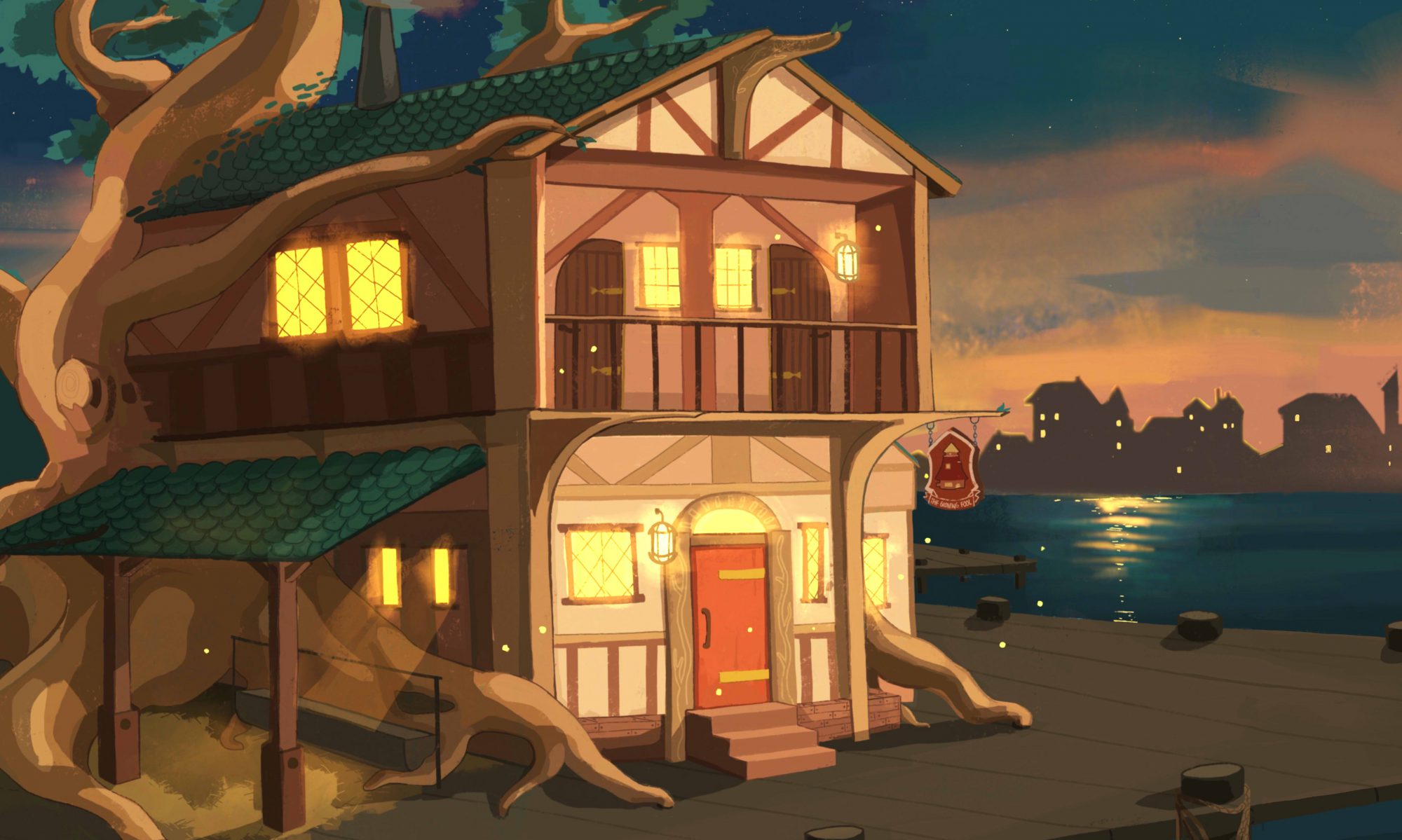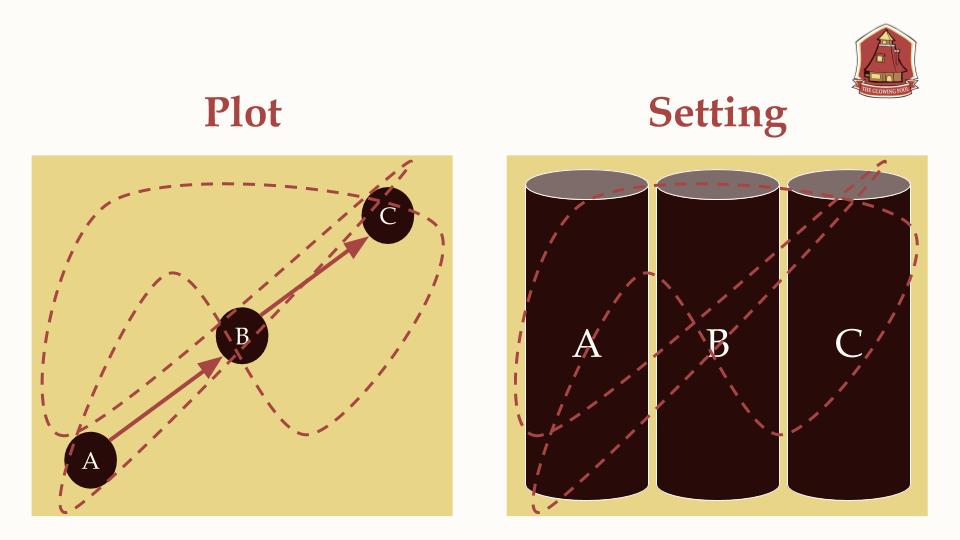DM: You find yourselves deep in the underground mine looking for your prize. Following the main tunnel, you come across a fork in the road. Which direction do you go? Left? Or right?
Player: … I use my Tunneling spell, and create a third tunnel right down the middle!
DM: …(screams internally)
Believe it or not, the above situation is more common among DMs than you would think. It’s a common story, the DM prepares for a session expecting the players to do one of possibly two or three different things. But when the game actually gets underway, the players throw a curveball at the DM, forcing them to throw out their original plans, and basically “wing it” for the following 3 hours. Such is the beauty and harsh reality of D&D. Whenever you have multiple storytellers all contributing to something, no one person can really ever dictate what direction that story will go.
“No plan ever survives first contact with the players.”
– Every DM, ever.
But the game must go on, and the good DM must still be able to produce some type of content for their players to enjoy. This challenge can be made easier, or more difficult depending on the type of preparation the DM engaged in leading up to the session. Did our DM prepare a plot? Or a setting?
To clarify a bit, what we mean by “preparing a plot” in D&D, is that the DM, in leading up to the session, had already pre-decided the sequence of events that would unfold in front of the players, and probably one or two possible outcomes depending on what they did. Their notes would probably look something like this:
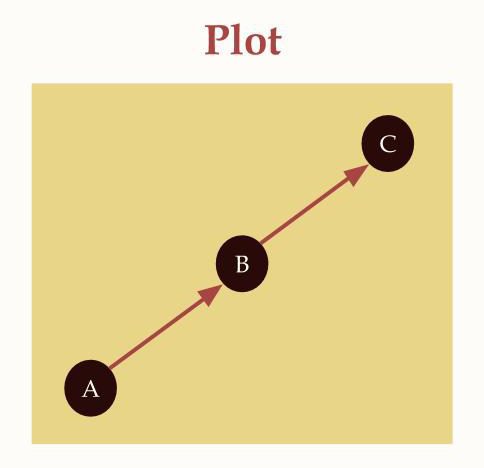
The DM had prepared scenario’s A-to-C, and had assumed that the players would follow them in that exact order. The difficulty with this type of preparation is that the moment the players deviate in any way, shape, or form from the prepared plot,the DM loses all sense of what to do next.
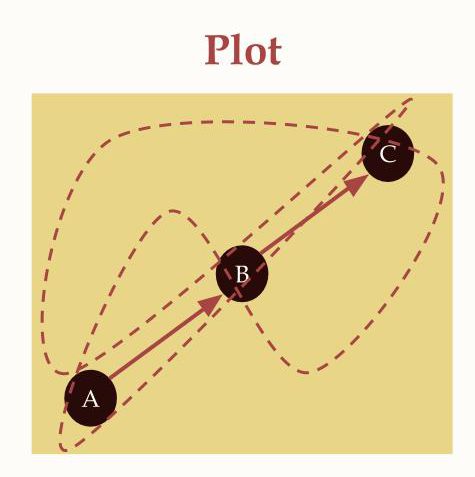
In these situations, one of the easiest tools a DM can use is the “illusion of choice“. Whenever a player makes a decision that is counter to what the DM is prepared for, they can try to divert the players back to the original route they had initially prepared through some “behind the scenes trickery”.
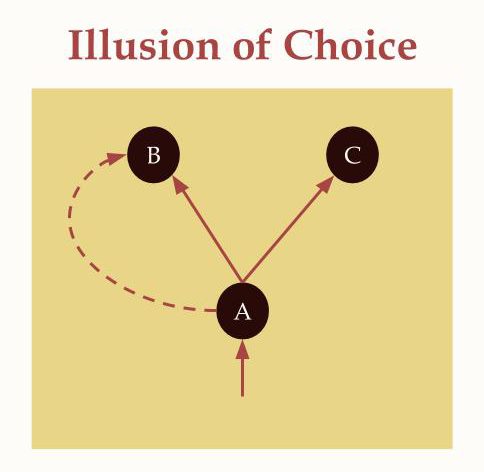
For example, the DM had prepared event A. They had planned for the players to make one of two possible decisions. This would result in either the players going to event B or event C. But the players (being players), had made a decision that the DM was not expecting at all. So, rather than make a new event D. The DM had altered the reality of the game, so that rather than have to improvise an event D, the players would just go to event B instead.
While this may seem like a handy technique, it does have it’s downsides. Chief of them being, that if the DM uses this technique too often, it essentially robs the players of their agency. Rather than being contributors to the shared-story, the players are now merely audience members to the DM’s own story and ideas. It robs the players (and the DM) of the ability to create a shared story of mutual discovery and serendipity. But worst of all, it’s just no fun to the players if they feel that they aren’t having an impact on the game.
Preparing for a specific plot has its pitfalls, which is why most of the time, I advocate for preparing a setting instead. Writing out a setting (as opposed to a plot) is different because rather than having a pre-determined sequence of events that your players will experience, you prepare each individual element (i.e location) that they can experience. You then leave it up to the players as to which elements which ones they would choose to engage in. And then introducing the appropriate benefits (or consequences) of their actions.
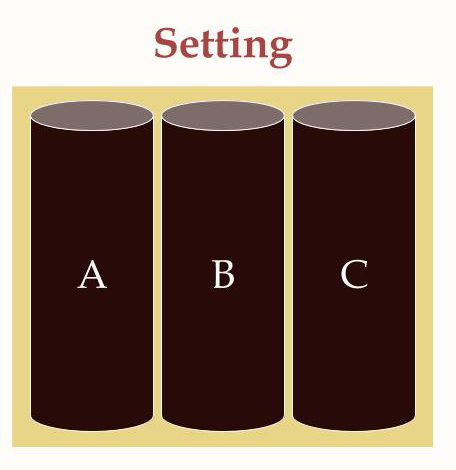
When you prepare a setting (as opposed to plot), rather than detailing your notes in events, you would detail them more as locations, and what is happening in those locations, independent from the party. This will help give you an idea of what the party sees, hears, or find out. And it also helps you understand how these locations (or people within them), react to the players’ actions.
Some things you can consider when thinking about a location:
- What is happening here?
- Who is here?
- What do they know?
- Who do they trust?
- What are their relationships with the other characters?
- What are the plans/schemes currently in motion in this area?
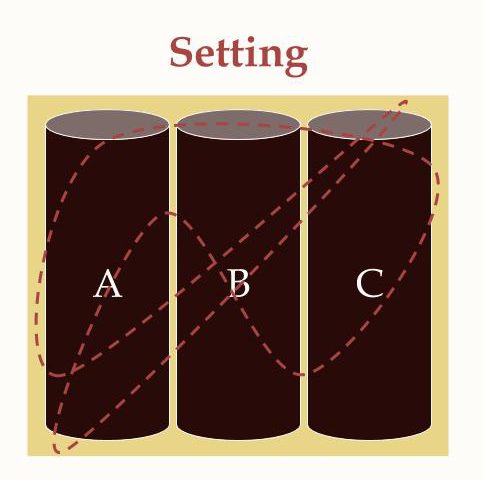
Preparing for a session in this way allows the DM the flexibility to be able to keep up with any of the decisions the players may make. Since the DM is no longer shackled by a preconceived notion of how the events “should” take place, they are free to be able to improvise without fear of deviating from some “plan”. Preparing a setting also aids in the improvisation, since they offer the DM some “grounded truth” or facts about the environment that they can lean on for the elements that they make up on the spot.
For more information on how to prepare a setting, check out our post on DM note keeping.
Earl is what you would call a Dungeons & Dragons addict. He watches D&D shows, prowls the D&D forums, and basically lives, breathes, and eats D&D (It’s no joke, he literally listens to the D&D Podcast while eating). He likes to be thought of as the “lead fool” as he guides us all through the silliness of D&D.
For his day-job. Earl is an ERP Consultant with the Nomura Research Institute (NRI). He is also a Shaper with the Global Shapers: Hong Kong Hub.
